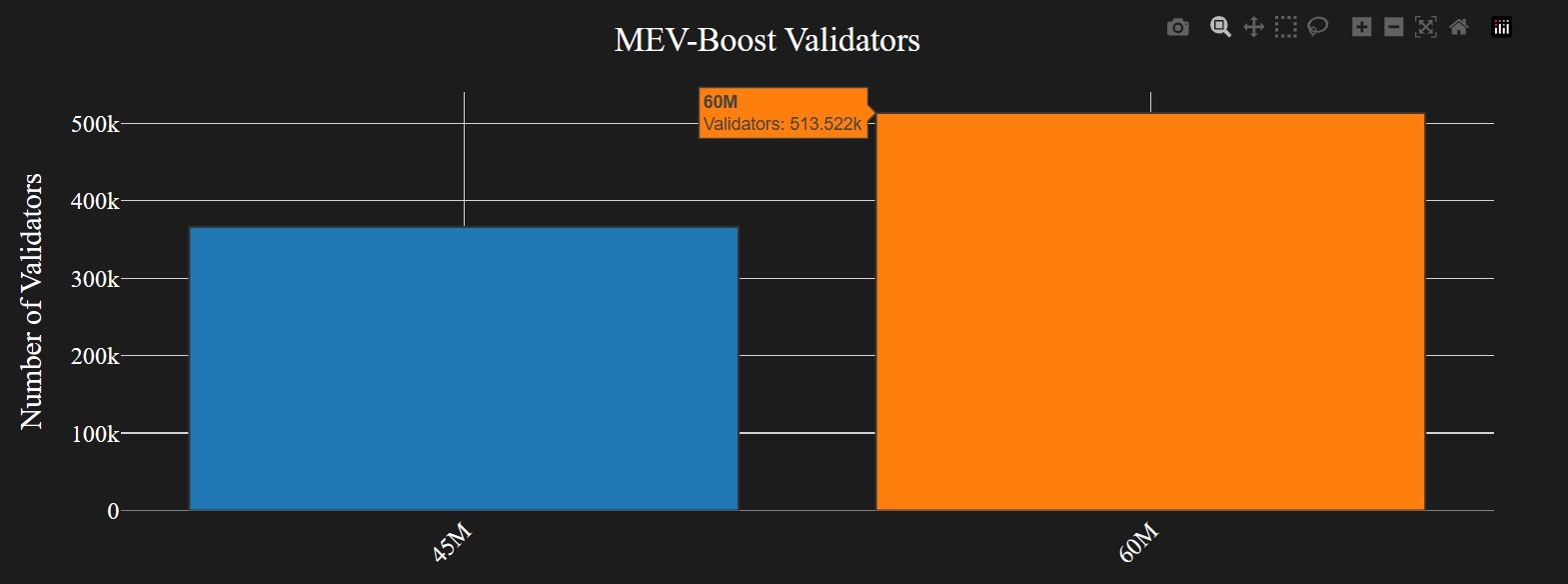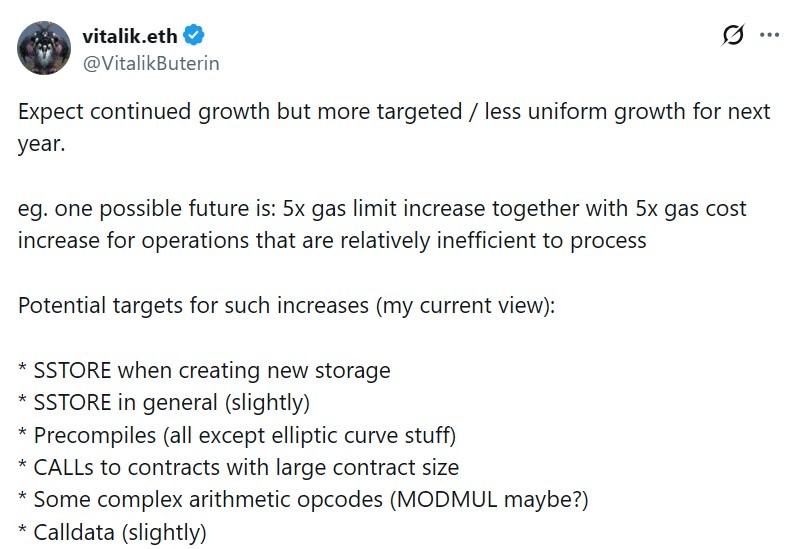Ethereum’s mainnet block gas limit has reached 60 million, the highest in four years, enabling greater transaction throughput and reduced congestion on the base layer. Over 513,000 validators signaled this increase, boosting network capacity for swaps, transfers, and smart contracts without new bottlenecks.
-
Ethereum validators surpass 513,000 in signaling for a 60 million gas limit.
-
This adjustment doubles the previous 30 million cap from four years ago, enhancing base-layer efficiency.
-
Data from Gas Limit Pics indicates this is the first such threshold breach since 2021, supporting scalable growth ahead of upgrades like Fusaka.
Ethereum gas limit hits 60 million: Validators boost capacity amid Fusaka upgrade. Discover how this scales the network and lowers fees—explore Ethereum’s next evolution today.
What is the Ethereum Gas Limit Increase to 60 Million?
Ethereum gas limit refers to the maximum computational work allowed per block on the network. Recently, it reached 60 million, marking a significant expansion after four years. This change, driven by over 513,000 validators, allows more transactions like swaps and smart contract executions per block, easing congestion and improving overall throughput on Ethereum’s base layer.
How Does the Pump The Gas Initiative Affect Ethereum Scaling?
The Pump The Gas initiative, launched by Ethereum developers Eric Connor and Mariano Conti in March 2024, aimed to elevate the gas limit to enhance layer-1 scalability and reduce transaction fees. By rallying solo stakers, client teams, and community members, it gained traction in December 2024 as validators began signaling higher limits. This community-driven effort has already doubled the effective block size, setting the stage for the Fusaka upgrade, which entered the Hoodi testnet on October 29 and is slated for mainnet on December 3. According to network data, this positions Ethereum for sustained growth without compromising security.
Ethereum co-founder Vitalik Buterin anticipates continued expansion next year, emphasizing smarter adjustments that increase capacity while addressing inefficiencies. He suggests refining pricing for operations to prevent bottlenecks, as shared in his recent statements.

Over half a million validators signal a gas limit of 60 million. Source: GasLimit.Pics
The Effort to Increase Ethereum’s Gas Limit
Ethereum crossed a new threshold in execution capacity as its mainnet block gas limit reached 60 million, the highest level the network has seen in four years. Data from Gas Limit Pics revealed that in November, over 513,000 validators signaled the 60 million limit, surpassing the threshold needed for the protocol to automatically adjust upward.
A higher gas limit enables the network to process more work per block, including token transfers, swaps, and smart contract interactions. This practical enhancement helps alleviate congestion during peak periods and supports greater activity directly on the base layer. As validators shifted from the prior 30 million ceiling to this new configuration, Ethereum’s effective block size expanded, thereby elevating throughput across the entire system.
Ethereum Community Views on the 60 Million Gas Limit
Ethereum leaders describe the jump to a 60 million gas limit as merely the beginning of broader capacity enhancements. Ethereum Foundation researcher Toni Wahrstätter highlighted the coordinated efforts of teams, researchers, and ecosystem contributors in achieving this milestone. “Just a year after the community started pushing for higher gas limits, Ethereum is now running with a 60M block gas limit. That’s a 2× increase in a single year — and it’s only the beginning,” Wahrstätter noted on X.

Source: Vitalik Buterin
Vitalik Buterin echoed this optimism, stating that growth will persist into the next year but with more targeted adjustments. He envisions expanding overall capacity while increasing costs for inefficient operations to maintain balance. This approach involves larger blocks paired with intelligent pricing mechanisms, ensuring safe scaling without introducing fresh challenges. Such refinements align with Ethereum’s ongoing evolution toward efficient, high-performance infrastructure.
Frequently Asked Questions
What Caused Ethereum’s Gas Limit to Reach 60 Million?
The increase to 60 million stemmed from over 513,000 validators signaling support in November, as tracked by Gas Limit Pics. This community consensus, building on the Pump The Gas initiative, allowed the protocol to automatically raise the limit from its prior levels, enhancing block efficiency and preparing for the Fusaka upgrade.
How Will the Fusaka Upgrade Impact Ethereum’s Gas Limit?
The Fusaka upgrade, deploying on mainnet December 3 after Hoodi testnet trials, focuses on improving scalability through features like PeerDAS. It complements the higher gas limit by optimizing data availability, enabling Ethereum to handle increased transaction volumes smoothly while maintaining low fees and robust security for users and developers alike.
Key Takeaways
- Validator Milestone: Over 513,000 validators drove the gas limit to 60 million, doubling capacity in one year and boosting base-layer performance.
- Community Initiative: The Pump The Gas effort by developers Eric Connor and Mariano Conti mobilized stakers and teams to reduce fees and scale layer-1 operations.
- Future Scaling: Vitalik Buterin predicts targeted growth with refined pricing, ensuring Ethereum expands safely ahead of upgrades like Fusaka—monitor network updates for investment opportunities.
Conclusion
The Ethereum gas limit increase to 60 million represents a pivotal step in enhancing network throughput and resilience, as evidenced by validator consensus and initiatives like Pump The Gas. With insights from experts such as Vitalik Buterin and Toni Wahrstätter, this positions Ethereum scaling for efficient, congestion-free operations. As the Fusaka upgrade approaches, stakeholders should prepare for continued innovation that strengthens the ecosystem’s foundational capabilities.
